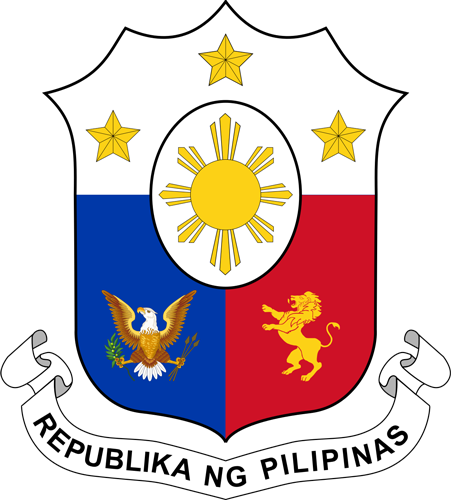PASAY CITY -- With the ongoing inflation and shortage of food, the PEZA Chief on Wednesday underlined that “It’s high time to utilize the around 12 million hectares of agricultural lands and the country’s fishing grounds into Special Economic zones on Agriculture and Aquamarine.”
Commending the “brilliant decision” of President-elect Ferdinand Marcos Jr. to temporarily head the Department of Agriculture (DA), PEZA Director General Charito ‘Ching’ Plaza noted that “Under my leadership, PEZA will contribute our own way through our special ecozones by transforming public lands into viable agro-industrial and aquamarines that can spur production and food security not just for exports but for domestic supply as well.”
“For years, we hear of theories and plans for production and food sufficiency yet, we continue to be an import and consumption dependent economy, despite the millions of hectares’ idle lands that must be our focus on how to utilize responsibly our very fertile lands and rich natural resources towards self-reliance, self-sustaining and resource-generating economy”, she added.
PEZA-DENR partnership
In this view, PEZA, in one of its initiatives, entered into a Memorandum of Understanding (MOU) with Department of Environment and Natural Resources (DENR), signed last 31 May 2022 with aims to create more ecozones in the countryside.
“Under the MOU, PEZA and DENR have agreed to pursue the establishment of special ecozones in potential areas within the jurisdiction of the DENR that are suitable for development as agro-industrial, agro-forestry, mineral processing, and eco-tourism. We hope to truly implement these partnerships in the coming years under the administration of President-elect Bongbong Marcos Jr.,” said Plaza.
On piloting the ecozone development program in Region XIII, both parties have agreed that, when compared with other regions, it has the greatest potential to contribute to economic development being the timber and mining capital of the country.
Plaza explained that “We aim to restore back the once major industry of wood and put order in the utilization of the raw minerals processed into many other products in CARAGA, which has the biggest timberland and mining lands.”
With this, PEZA and DENR have successfully identified seven (7) lands in the CARAGA Region viable for ecozone development. Four (4) of the proposed special economic zones will be located in Ausan del Norte, while there’s one (1) proposed for Agusan del Sur, Surigao del Norte, and Surigao del Sur.
Once proclaimed, these will be in addition to the 23 operating agro-industrial ecozones in PEZA with four (4) of which are located in Luzon, five (5) in Visayas, and 13 in Mindanao.
Strengthening the ecozones program
In addition to this, Plaza envisions ecozones as a tool to eradicate the import and consumption dependence of the country.
With the whole country in mind, Plaza explained that, “In planning for our country and our people’s needs, we must first assess how we can properly utilize both our human and natural resources, the Philippines’ biggest advantages, to attain total development and this is through the creation of different types of economic zones that will attract targeted, specialized, strategic and big-ticket investments and spur countryside development.”
“There is no other way to economically develop and industrialize our lands—without destroying; rather protecting our environment—other than utilizing it responsibly through our ecozones program, which is proven to spur total development and socio-economic progress in the LGUs hosting them,” noted the Director General.
The PEZA-DENR partnership is in line with the goals of PEZA’s Transformation Road Map to achieve environment-friendly industrialization through the creation of green, healthy, sustainable, and smart ecozones. (PEZA)



